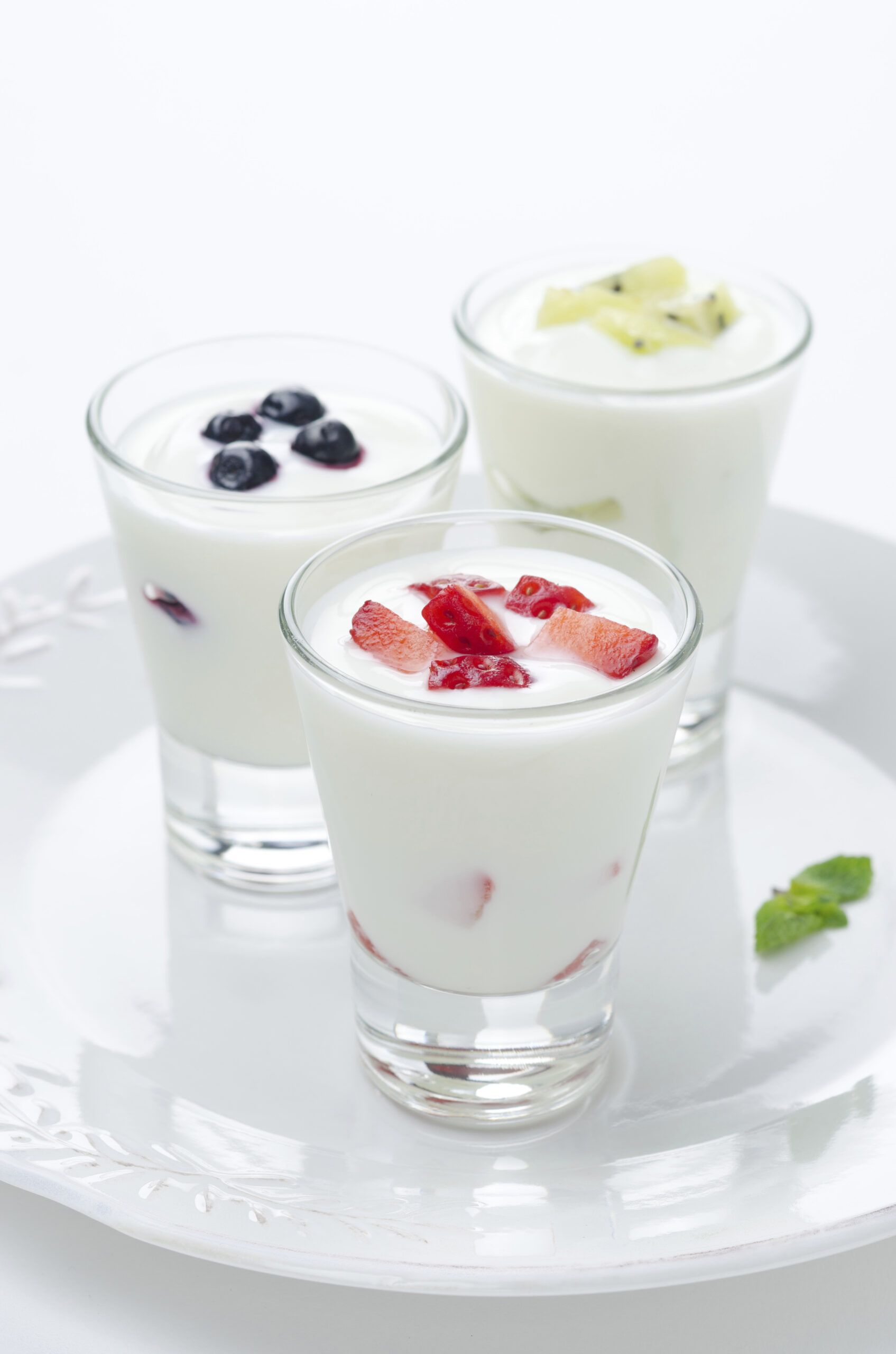We’re a nation of snackers and grazers, no doubt—the uptick in the between-meal daypart and the growth of non-entrée menu items is well documented by foodservice analysts and restaurant operators alike. According to a new report from global research and insights firm The NPD Group, snack food eaten specifically at meal times is expected to grow by 5 percent over the next five years. And this growth will be largely concentrated in the better-for-you snack category.
“What we’ve seen overall is consumers gravitating toward snack foods like refrigerate yogurt and fresh fruit,” says Darren Seifer, food and beverage industry analyst for NPD. “In fact, for quite a while, fresh fruit was one of the fastest-growing snack-time items.”
Growth for ready-to-eat and sweetened snacks is expected to remain flat in comparison, NDP finds. Seifer says consumers are more likely to eat better-for-you snacks in conjunction with a main meal. For example, about 44 percent of the time, yogurt is consumed alongside a main meal, 17 percent of the time as a meal replacement, and 39 percent of the time between main meals, he says. “It’s really with main meals that we’re seeing the most shifts. That could either be as a meal replacement or with the meal itself.”
Granola and cereal bars have a higher consumption rate as a meal replacement at 22 percent. Emerging better-for-you snack items include more use of eggs, meat, and poultry, Seifer says, and these are satisfying consumers’ demand for freshness. Millennials, Gen Z, and Hispanic consumers are all drivers of the snacking trend, but to appeal to these diners, limited-service restaurants can’t just tack on snack items to the menu or put up displays of granola bars at the cash register.
“The shift and the paradigm we’re emphasizing is that you’re not plugging your item just for a main meal or just for a snack meal, but that you’re plugging in what this product will do for [a consumer],” Seifer says. “Is it high in protein? Does it lack gluten? From there, you should let the consumer decide at what daypart they’re going to eat it.”
By Tamara Omazic





